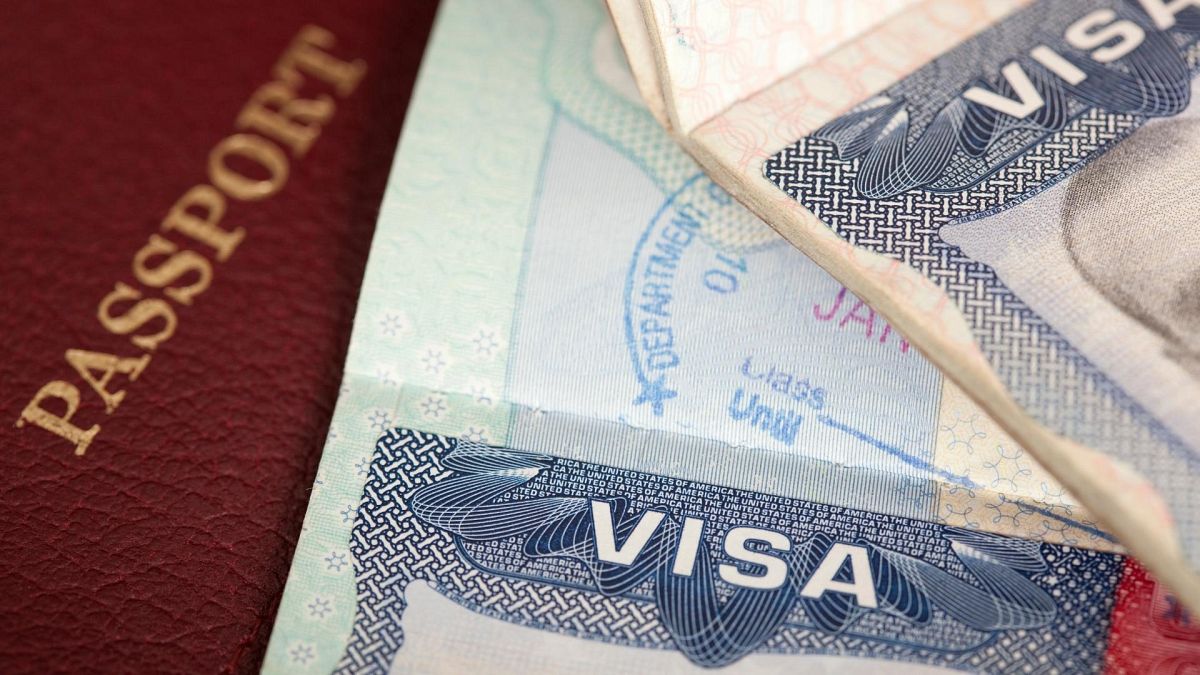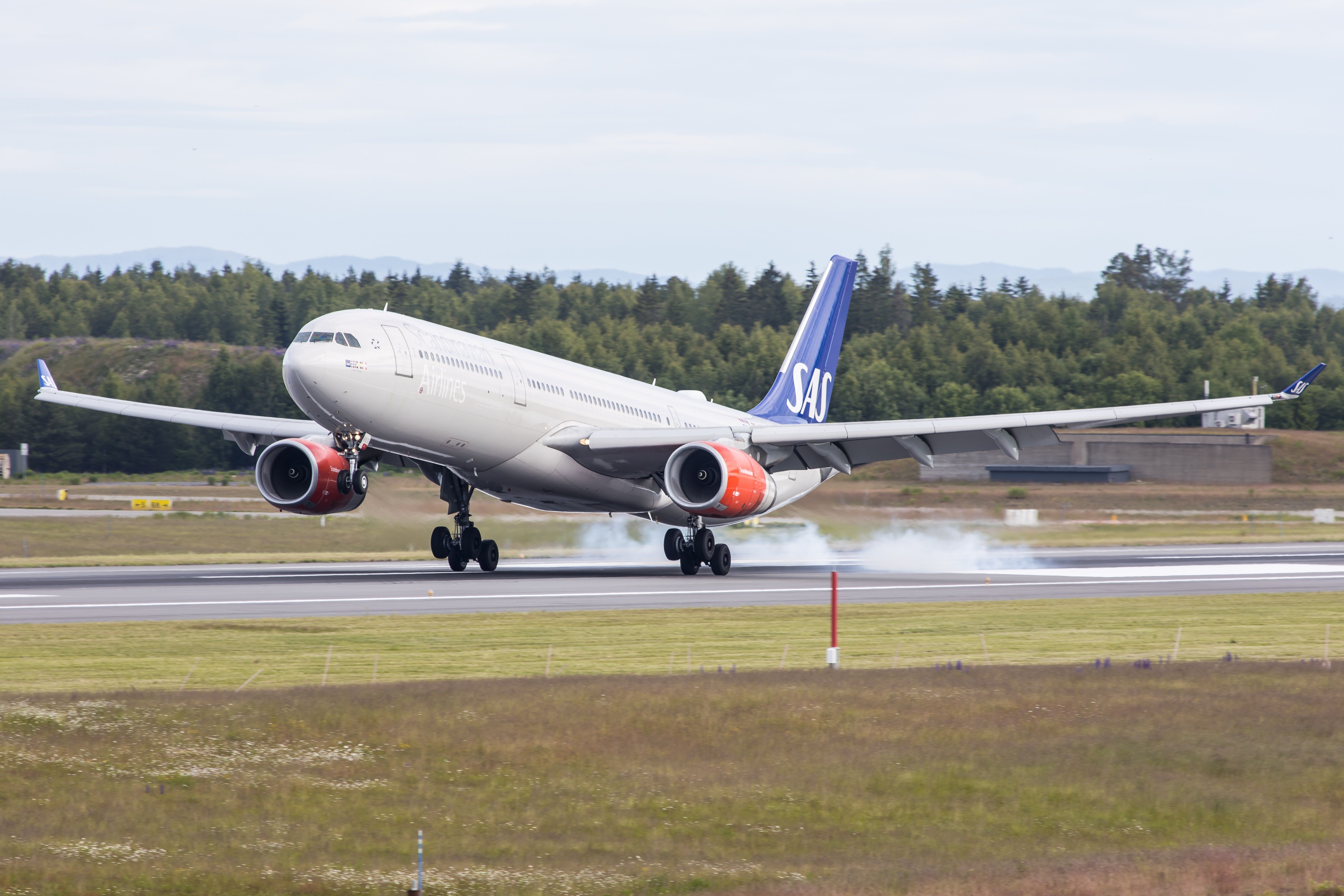The little train station in San Juan Capistrano sits right in the heart of town. To get from the historic Los Rios Street district to the mission and the rest of town, you must cross its tracks on foot. When the bells ring, signaling the train’s arrival, you’ll see children with parents and grandparents, young couples walking their dogs and locals and tourists alike, all gathering to watch.
It’s a rarity in our fast-paced world to take a few minutes for something so simple as marveling at a train making a stop. Located less than 60 miles south of Los Angeles (just an 80-minute ride on Amtrak’s Pacific Surfliner), San Juan Capistrano may come across as small and sleepy enough that watching trains is a pastime. But its proximity to the ocean — it’s just four miles inland — and its long, fascinating history give the city of 34,000 an enthralling, vibrant feel.
San Juan Capistrano, named for the Italian saint John of Capistrano, is a microcosm for the history of California and much of the West. The region was inhabited by the Indigenous Acjachemen people long before Spanish colonizers (led by Catholic priest Junípero Serra) built a mission and began forcing the Acjachemen to convert to Christianity. They did so primarily by imposing baptisms beginning in 1776.
Some baptized workers and mestizo families connected to the mission sometimes lived nearby in adobe houses, one of which (the Ríos house on Los Ríos Street) is still inhabited by descendants of the origi.


















